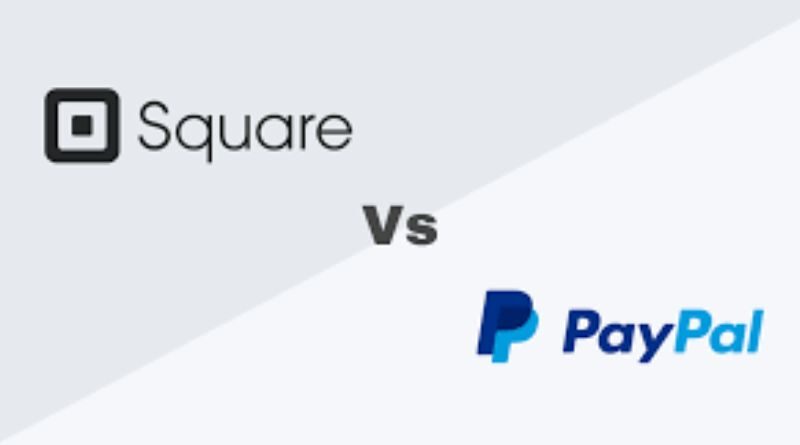A side-by-side comparison of Square and PayPal
The payment processing world has many options, but it’s no secret that PayPal and Square are two of the most popular options for online businesses today. How do these two stand up against each other? Which one should you choose? Will either one still be relevant in 2022, or will something new come to take its place? Here’s a breakdown of Square vs PayPal, to help you decide which one to go with for your business. We’ll also give some predictions on how they might change in the next four years!
Comparison #1: The Basics
Square, founded in 2009 by Twitter cofounder Jack Dorsey, offers easy, low-cost payment processing for both physical and digital goods. With more than 400 million consumers on its platform, this startup has been growing like a weed.
PayPal Holdings Inc., founded in 1998 by Elon Musk (yes that Elon Musk), provides fee-based products to buyers, such as online invoicing and credit card processing.
Comparison #2: Fees
Square charges a 2.75% fee for each swipe, regardless if it’s a credit card or debit card. Meanwhile, PayPal charges 2.9% plus $0.30 per transaction to merchants who choose the standard pricing plan, with discounts available based on volume commitments to merchants who charge more than $20 million annually or have annual volume commitments of more than $1 billion globally. Other popular online processors like Stripe offer competitive rates to both these industry titans at around 2.4%.
Comparison #3: Ease of Use
PayPal is one of the most popular services worldwide. However, because it’s so universally known, its features are used on many levels from Paypal to their sister company Venmo. This can be a negative aspect because while they have an easy setup, some users have found it hard to navigate through their payment systems. For small businesses, this becomes an issue as it can become quite confusing to do multiple transactions at once with these different service providers.
Comparison #4: Integrations
Square integrates with a lot more eCommerce platforms like Shopify and Magento. That means that merchants won’t need to make two separate payments (one with credit card processing through Square, the other with an online checkout) if they want to sell on multiple platforms. PayPal’s integrations are limited to systems that integrate with Shopify, eBay, and OnePageCRM.
Square leads in this category thanks to its integrations, but PayPal doesn’t lag behind too much
Conclusion
Given how deeply rooted PayPal’s services are, it will likely always be the more dominant option. Although there’s no denying that Square is an up-and-coming company with a lot of great potentials, those just starting out may want to stick with what they know for now. While this blog post focused on comparing Square and PayPal, other popular options like Stripe and Klarna would make good alternatives as well. With so many different choices available to you, all you have to do is decide which option fits your business needs best.




